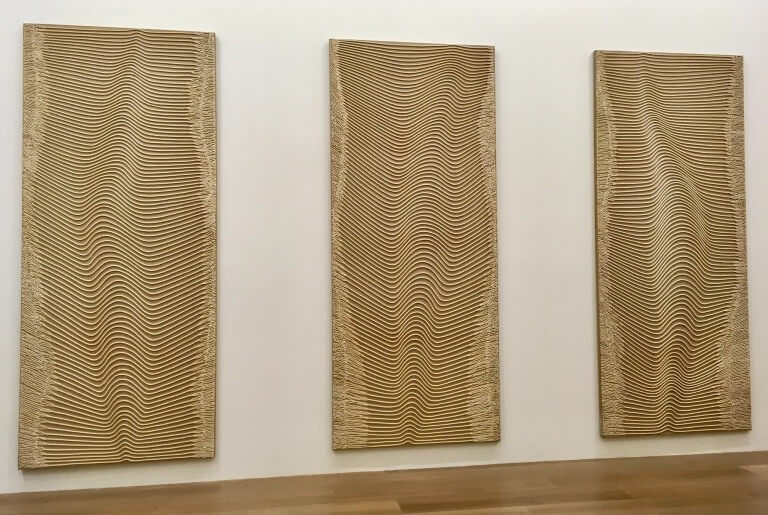Anti-Sculpture Movements

We recognize sculpture as a form of representation which people not only use for religious purposes but also as a means of honoring people in society. But what is anti-sculpture and what effects have such movements had on this art? Let’s have a look:
People sometimes refer to these movements as Aniconism, which is the lack of material symbols of the natural as well as the supernatural world. This movement was particularly prevalent in religions where there is a belief in one God. The lack of representation may extend from the higher power to anything else that exists, including humans and animals. This belief comes from religious traditions, and thus the use of any representation gets termed as taboo and is therefore not allowed.
Where this movement is in place and works alongside the destruction of anything taboo, it gets referred to as Iconoclasm, which is a Greek word relating to the non-acceptance of images.
In religions where there is a belief in one God, the use of sculptures was not allowed. According to the historical contexts, using figures competed with the unique status which God held in the religion. Thus, the enforcers had to ensure that critical humans, as well as pagan idols, did not compete with God for the status. The worship of idols was a threat to the monotheist nature of the religions and enforcers, who included missionaries and prophets, fought the existence of sculptures by banishing their use. Their beliefs were in line with what led to the banishing of humans from the Heavens when they attempted to build the tower of Babel, and that humans did not have the same powers of creation as God, and as such the use of sculptures was wrong.
Buddhism
Buddhists avoided the use of sculptures in representing the Buddha. Thus, they opted to have symbols of an empty throne, his footprints, a Bodhi tree, and a prayer wheel. Though their representations often featured human beings, they would not have anything to symbolize the Buddha. This movement was in line with the wishes of the Buddha, where he discouraged the use of symbols following the extinction of his body. However, this later came to change, and many people think that it is as a result of the Greco-Buddhist interactions. Towards the end of the twentieth century, an art historian came out to challenge the theories behind the beliefs. It continues to be a debate to date.
Islam
It is important to note that the Qur’an does not get into whether human figures are acceptable, but it prohibits the worship of idols. There is a dependance of the materials used. In many fundamentalist Sunni sects, you will find that there is a move towards non-acceptance of sculptures. However, in liberal factions, the way a person approaches the use of statues will depend on how much one is knowledgeable as to the Hadith. Normative Islam is widely aniconic as you will note that there is a deprivation of images relating to God.
Hinduism
Many people relate anti-sculpture with Abrahamic religions. However, there are some shared ideas behind these religions and Hinduism as its believers follow aniconism. You will note that the symbols used to represent their God are often abstract, and the believers find it easy to focus on icons. This move lies in the teachings that it is hard to focus on God when un-manifested as human beings feel the need to perceive based on their senses.
Christianity
There were many cases where believers destroyed sculptures which they felt were a threat to the status of God. These destructions mainly took place during two periods. During the eighth and the ninth centuries, the Orthodox Church councils, the Catholic Church, the Pope, and the Byzantine Emperors had a complicated relationship where the idea of iconoclasm came into the picture. The Orthodox felt that it was not possible for a sculpture of Jesus to represent both the human and divine natures of the savior and there was a need for separation of the two. They felt that an icon which showed the Messiah as a physical being would not be right and having an icon serving both purposes would confuse the believers. They termed the use of figures as heretical, going ahead to quote the banning of graven images according to the Mosaic Law.Despite those facts, sculptors were and are still among the most respected persons in the society.
There were also smaller statues which showed the people’s way of living. Some would represent their sailing activities, and others would show them herding cattle while others were a depiction of their house chores. The statues were such that they appeared alive.
Judaism
Aniconism was present in Judaism until the nineteenth century when they embraced the use of sculptures.
What forms of anti-sculpture movements can you think of and how did they begin?




